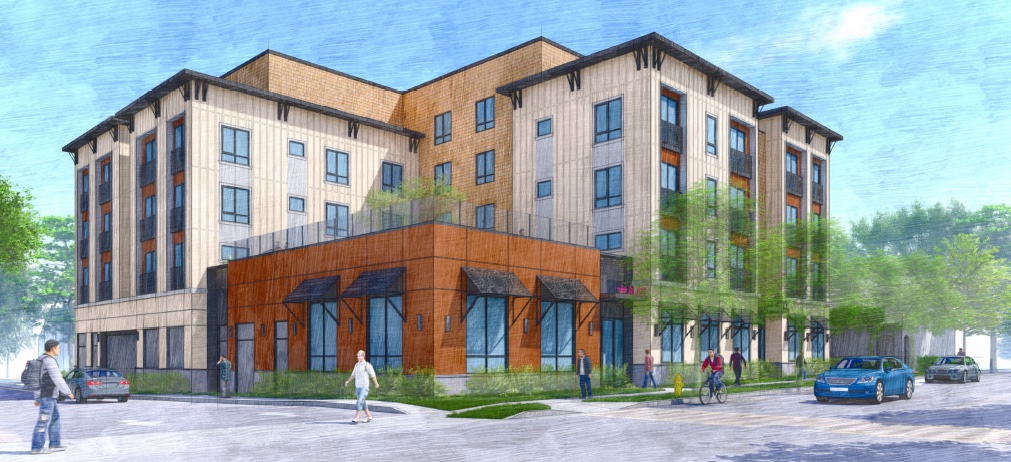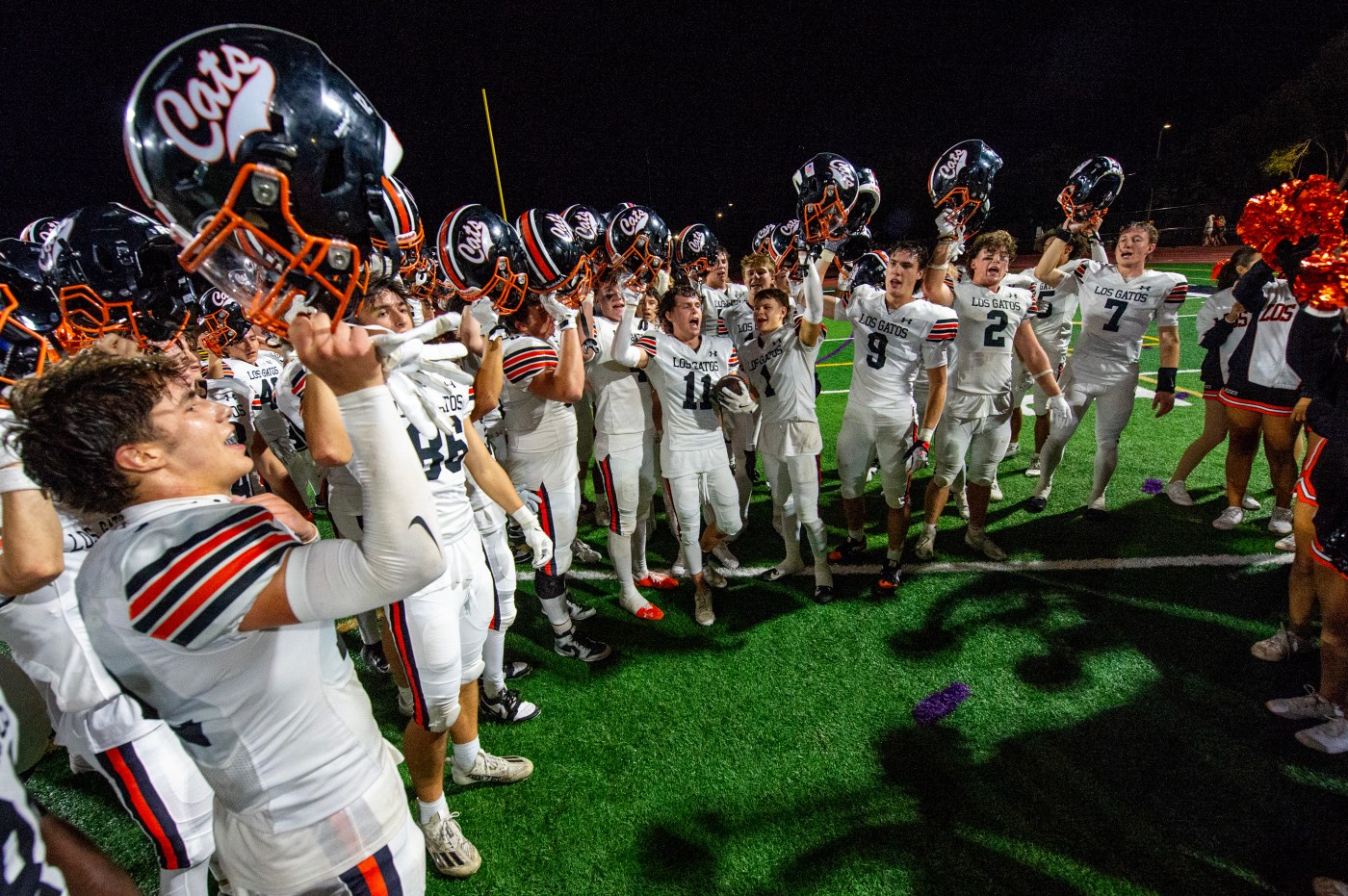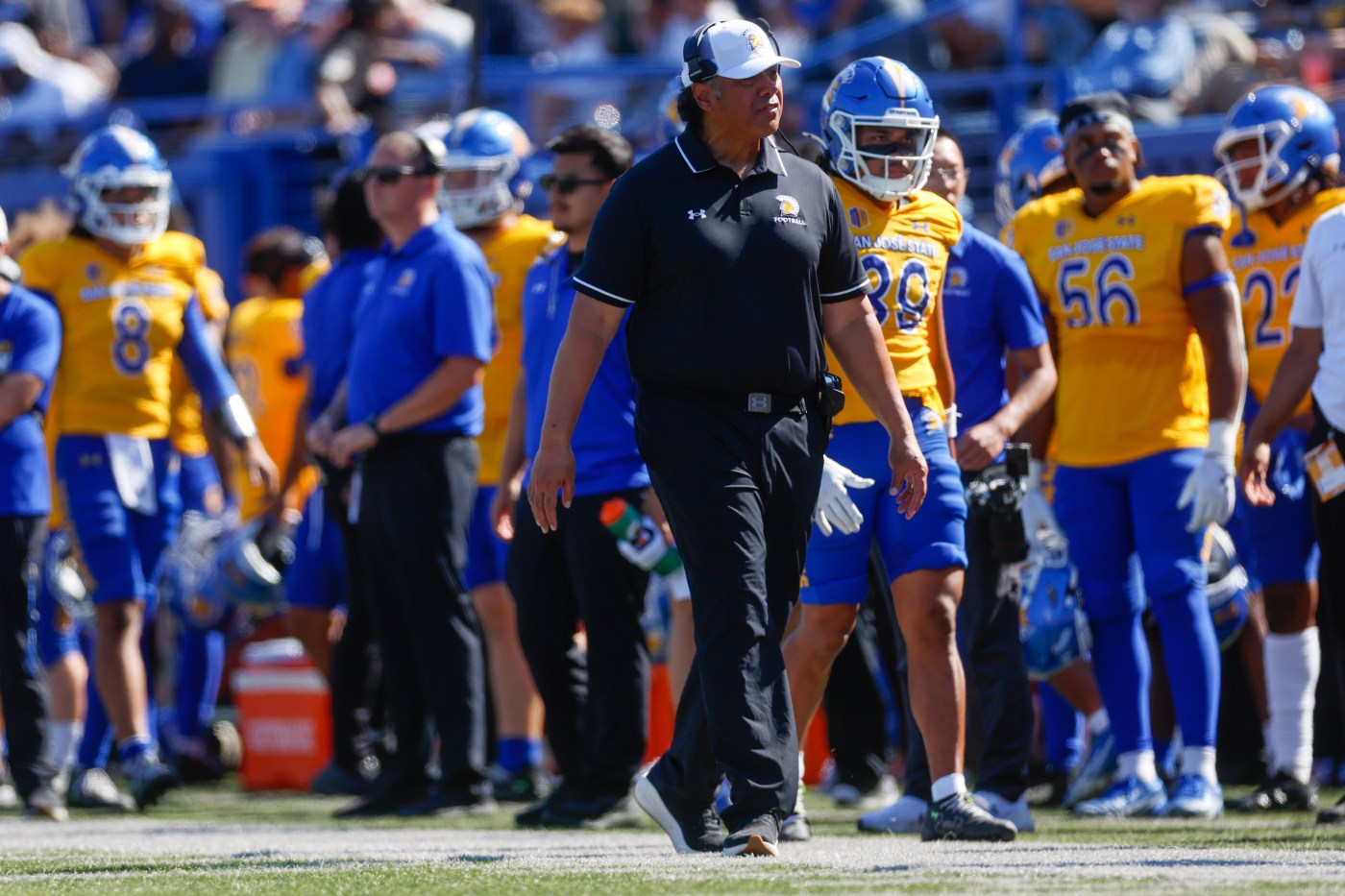After years of stalled promises and mounting pressure from Gov. Gavin Newsom, Half Moon Bay is moving forward with an affordable housing project for aging farmworkers who have spent decades working the coast’s fields.
On Thursday, city officials authorized staff to draft a 99-year, $1-per-year land lease for a five-story development at 555 Kelly Ave. that will provide 40 units for retired and working farmworkers aged 55 and older. The move addresses a severe need for housing, which was brought to light in the wake of the 2023 mass shootings at two farms in the area.
The project, in the pipeline since 2022, had stalled amid community appeals over height, density, and parking concerns. Although approved by the City Council last year after denying several appeals from opponents, developers must still finalize the lease and remaining technical agreements before breaking ground.
While no formal vote was taken, councilmembers supported moving the project forward, with a draft agreement set for discussion at next month’s meeting.
Developed by Mercy Housing and local nonprofit ALAS, which serves the local farmworker community, the $42.4 million project will feature three studio units, 34 one-bedroom units, and three two-bedroom units, including one for an on-site property manager.
Of the 40 units, 39 will be deed-restricted for extremely low- and low-income households — 29 for those earning at or below 50% of area median income (AMI) and 10 for those at or below 30% of AMI. A single farmworker earning $41,150 or less would qualify under the 30% AMI category, while a two-person household making up to $78,350 would qualify under the 50% AMI category.
Related Articles
Los Gatos Lodge bought as builder moves ahead with housing plan
California renters are very picky customers
With help from Apple, housing trust launches $200 million Bay Area fund
Did homelessness really double in this wealthy South Bay city?
Progress on housing at Berkeley’s People’s Park elicits mixed feelings
The ground floor will include an 18-space parking garage and a Community Resource Center offering health, wellness, and social services.
The project has secured over $21 million in federal and state funding, with an additional $13.35 million from the California Serna Farmworker Housing Grant Program and an anticipated 9% tax credit to close the remaining gap.
The housing is for farmworkers aged 55 and up, many of whom live in substandard or cramped conditions due to their income. To qualify, the head of a household must be employed or retired from agricultural work in Half Moon Bay or elsewhere in coastal San Mateo County.
Urgency around the project intensified after a 2023 mass shooting exposed the squalid living conditions farmworkers endure. Last year, Newsom threatened legal action if the city delayed further.
Only a few affordable housing units have been built since. Earlier this year, farmworkers began moving into the 47-unit Stone Pine Cove development of pre-manufactured homes, which is separate from this project, but additional housing is still needed as agricultural production rebounds.
October data from San Mateo County shows agricultural production in 2024 reached $106.5 million — a 7.6% increase over 2023 and the highest since 2019.
San Mateo County farmworkers are among the lowest-paid workers in one of the most expensive regions of the country, where households earning less than $109,000 are considered low income. A 2023 UC Merced study found that farmworkers earned an average of $24,871 in 2022. According to a 2024 report by the Silicon Valley Community Foundation, between 1,300 and 1,600 farmworkers live in San Mateo County.
Supporters urged officials during a special council meeting on Thursday to finally deliver on the project, while opponents continued raising concerns about limited parking and potential traffic impacts.
Parking considerations have repeatedly threatened to derail the project.
To manage overflow, developers proposed residents could access 28 additional spaces at the nearby Ted Adcock Community Center during evenings and overnight hours, in addition to available street parking.
Jennifer Moore, speaking during public comment, said she supported more housing but questioned the project’s scope and its impact on road safety and parking.
“For me, too many questions are unanswered — all questions should be answered without any doubts,” Moore said. “We do need housing; we need this housing to be broad. We have many people in need, not just farmworkers.”
Councilmembers Patric Jonsson, Paul Naggengast, and Deborah Ruddock echoed concerns about parking, saying they wanted it “addressed more robustly.”
Ramie Dare of Mercy Housing told this news organization that senior housing communities historically do not require one parking space per unit and emphasized the project’s urgency, noting that parking concerns could be addressed as the process moves forward.
As councilmembers dug into the project’s technical details, supporters stressed the importance of backing farmworkers who have contributed to Half Moon Bay for decades.
Resident Rocio Avila said the project is not about charity, but about housing justice for longtime contributors to the community.
“Sometimes I feel like you talk about the Latino community like a charity case, like we don’t contribute anything,” Avila said in Spanish. “We want 555 Kelly to better the lives of older people who have contributed to Half Moon Bay. I’m asking for this not to go on any longer — please take action.”
Belinda Arriaga, executive director and founder of ALAS, made a heartfelt plea to not stall the project any further.
“See their eyes, hands, and hard labor they’ve toiled with,” Arriage said. “Say yes, because they deserve to retire in a home that welcomes them.”
Councilmember Deborah Penrose firmly supported moving forward with the project.
“I can’t buy this argument as something that would stop a necessary project for so many people who deserve it,” Penrose said. “I don’t think parking is the issue that I want to make my decision on.”
Mercy Housing is expected to apply for a state low-income housing tax credit by mid-2026, which would require groundbreaking within six months. If approvals proceed as planned, the development could open by 2028.
To meet its 2031 housing targets, Half Moon Bay plans to build 480 units, including 285 reserved for low- to very-low-income residents.





